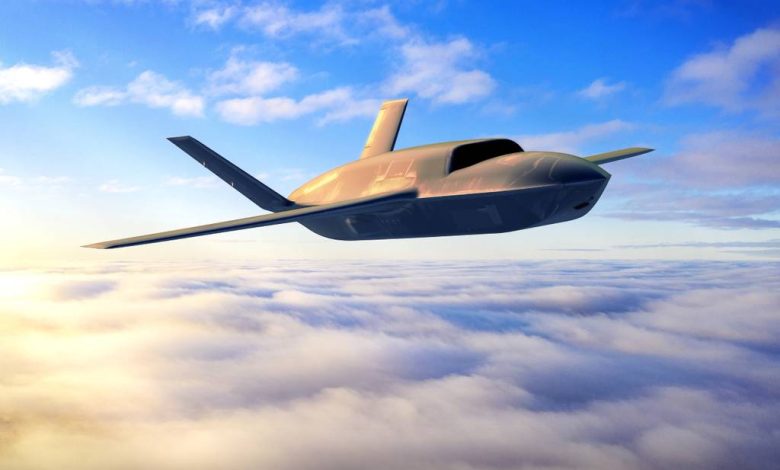Air Force picks five firms to build autonomy package for drone wingmen

DAYTON, Ohio — The Air Force has chosen five companies to build the autonomy system that will underpin the first batch of its uncrewed Collaborative Combat Aircraft fleet, according to a service official.
The service discretely awarded contracts to the firms a few months ago, according to Brig. Gen. Jason Voorheis, who spoke to reporters Monday at the Air Force’s Life Cycle Industry Day in Dayton, Ohio. He would not identify the selected companies due to security concerns.
Voorheis, program executive officer for fighters and advanced aircraft, described the autonomy package as the “brains” of the Air Force’s future Collaborative Combat Aircraft, or CCA, fleet. The systems are being designed as drone wingmen that will fly alongside crewed fighter aircraft like the F-35 Joint Strike Fighter and perform a range of missions, including strike, reconnaissance and electronic warfare.
The service plans to field at least 1,000 CCAs by the late 2030s. It will do so in increments, with each batch bringing a different capability to the mix.
In April, the Air Force announced it had selected General Atomics and Anduril to build a prototype of the first increment of the air vehicle. The two firms will develop production-representative test aircraft, and both are performing on schedule, according to Voorheis. Both will work closely with the Increment 1 autonomy vendors to ensure the hardware and software systems are well integrated.
The Air Force plans to stage a competition and award a production contract for Increment 1 as soon as 2026. Voorheis said the service may choose to buy aircraft from both vendors or select a system from another company. If it chooses multiple aircraft, he noted, the procurement will likely not be a 50-50 split.
“We’re not going into it with any notion of an equal split,” he said. “It will be wholly dependent on the performance of each of those vendors and the capacity that the department, our joint partners, our international partners need.”
The service chose the hardware and software developers from an established consortium of potential CCA vendors, and it plans to draw from that base as well as outside firms for future increments of the program.
“You want that marketplace to be robust so that in the future, whether it’s a foreign partner or it’s a joint partner, or it‘s CCA Increment 2, we have those autonomy vendors for that product in the marketplace that can be leveraged in the future,” Voorheis said.
In parallel with Increment 1 work, Voorheis and his team are working to define the capability it needs for the next batch of aircraft. Col. Timothy Helfrich, senior materiel leader for advanced aircraft, said in the same meeting with reporters he expects to narrow those requirements in the coming months and award contracts by 2025.
Helfrich’s office recently held an industry day to share details on the Increment 2 timeline as well as some of the capability options the service is considering, the details of which are classified.
The Air Force also wants to involve its international partners in future CCA discussions. Voorheis said that could include foreign military sales opportunities for Increment 1 aircraft and he expects U.S. allies to work closely with the CCA team to define Increment 2 capabilities and perhaps even coproduce the aircraft.
“We’ve just begun to broach relationships — bilateral and multilateral — and really it will be this fall that we’re able to smoke out what the real interest is from each of our partners and solidify who who will and who won’t be participating with us,” he said. “But you can expect our closest allies to be in that mix for sure.”
Courtney Albon is C4ISRNET’s space and emerging technology reporter. She has covered the U.S. military since 2012, with a focus on the Air Force and Space Force. She has reported on some of the Defense Department’s most significant acquisition, budget and policy challenges.







